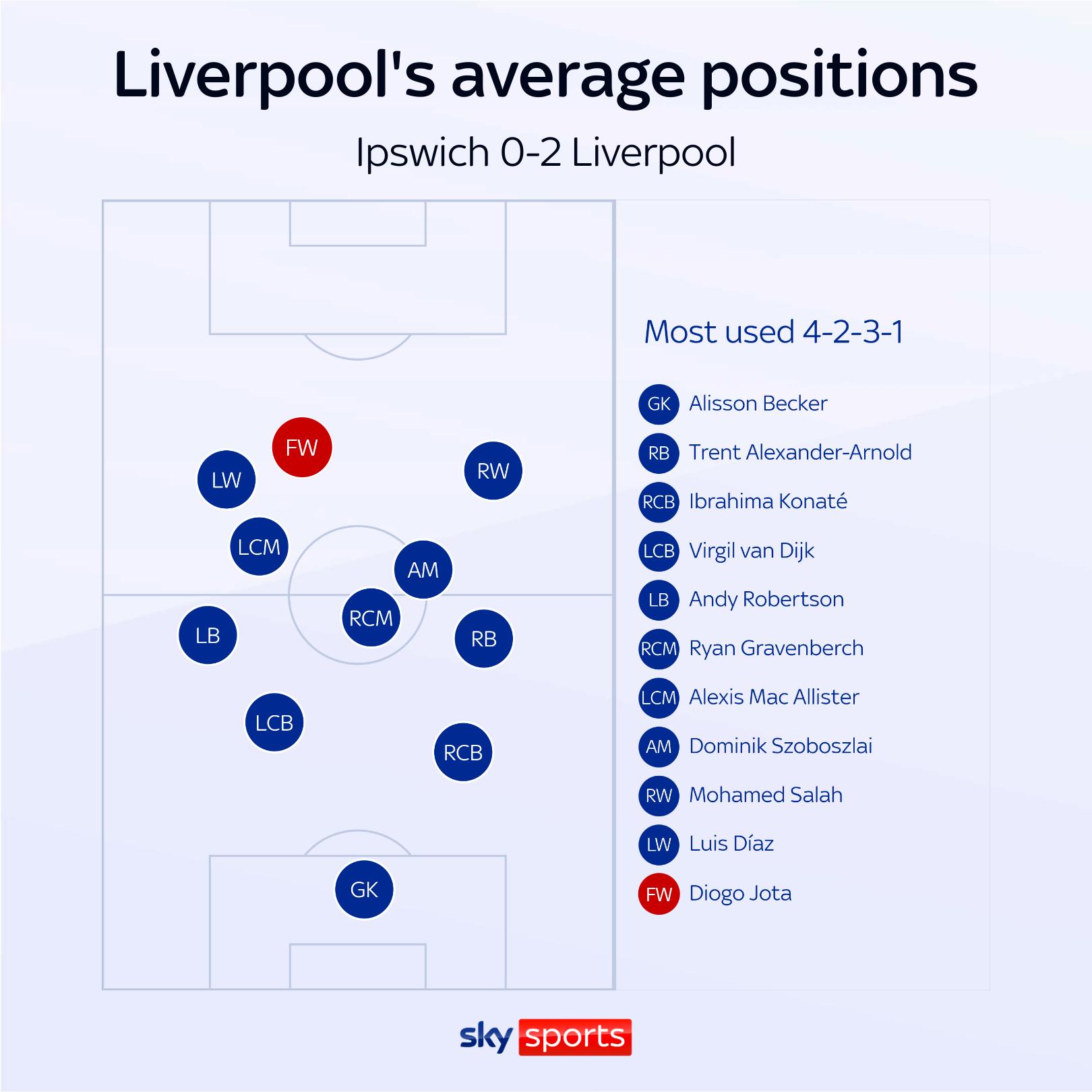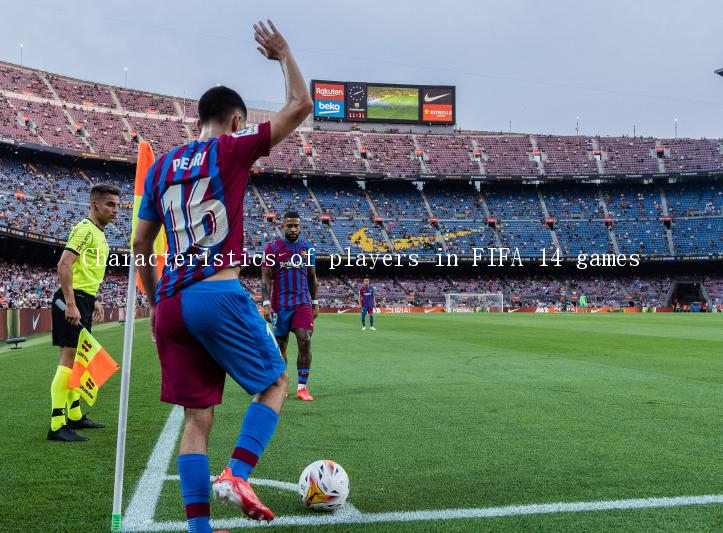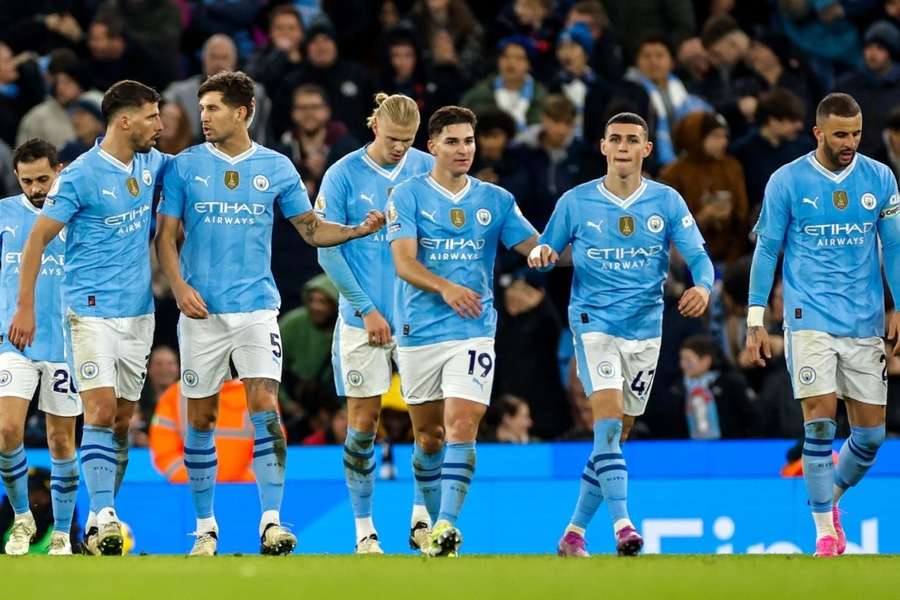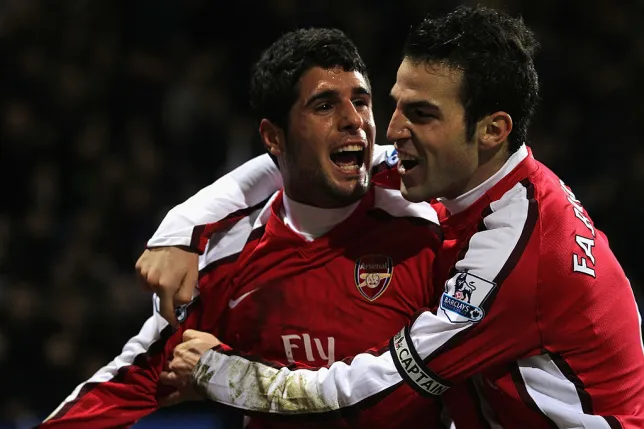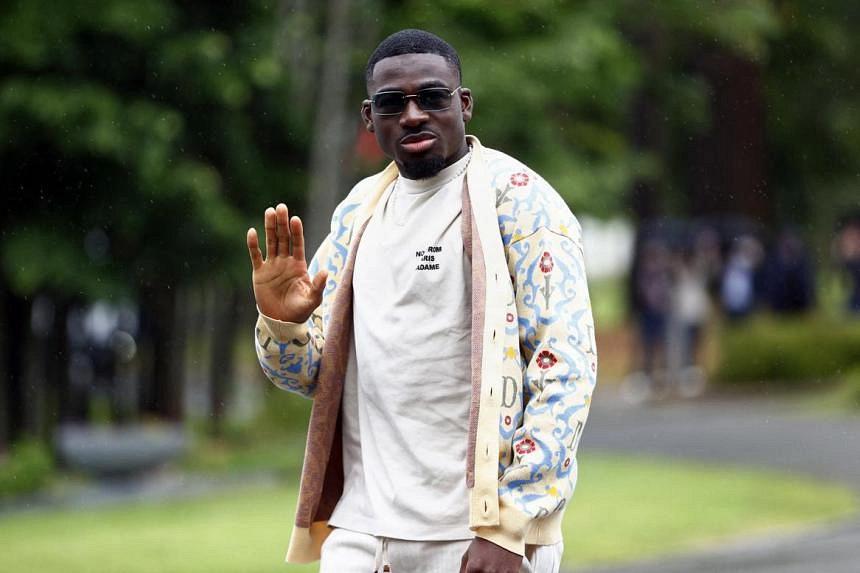Football of giants: The big revelation of player transfers

Transfers are one of the most common phenomena in the football world. Every year, a large number of players transfer between clubs. What kind of secret is there? Next, let's reveal the big secret of player transfers.
There are many reasons for players to transfer, the most important one is the conflict of interest between clubs. A club may decide to introduce a new player or sell an existing player out of considerations such as financial interests, team building and tactical needs. Whether a specific transfer is successful often depends on the balance of interests of all parties.
The transfer process is also quite cumbersome and complex. Players and the new club must agree on a personal contract. Next, the two clubs will negotiate on details such as transfer fees, which involves many considerations, such as the player's strength and contract duration. Both parties also need to submit transfer documents to the relevant football organization and obtain approval before completing the transfer.
Players also need to adapt and train at the new club. The tactics and styles of new teams are often different from previous teams, and it takes some time for players to adapt to the new environment. Some players may quickly integrate into a new team after moving, while some players may take longer to adapt.
Transfers also have a certain impact on the player's career and personal image. If a player performs well at the new club, his career may be taken to a new level, and it may also increase his market value and personal image. Conversely, if a player performs poorly at a new club, he may be criticized and pressured, and may even be fired from the new club.
Player transfer is a complex and risky process. It involves many aspects such as the club's interests, personal contracts, transfer costs, etc. At the same time, the player's adaptation and performance after transfer is also a factor that cannot be ignored. Transfers have an important impact on a player's career and personal image.
RELATED STORIES
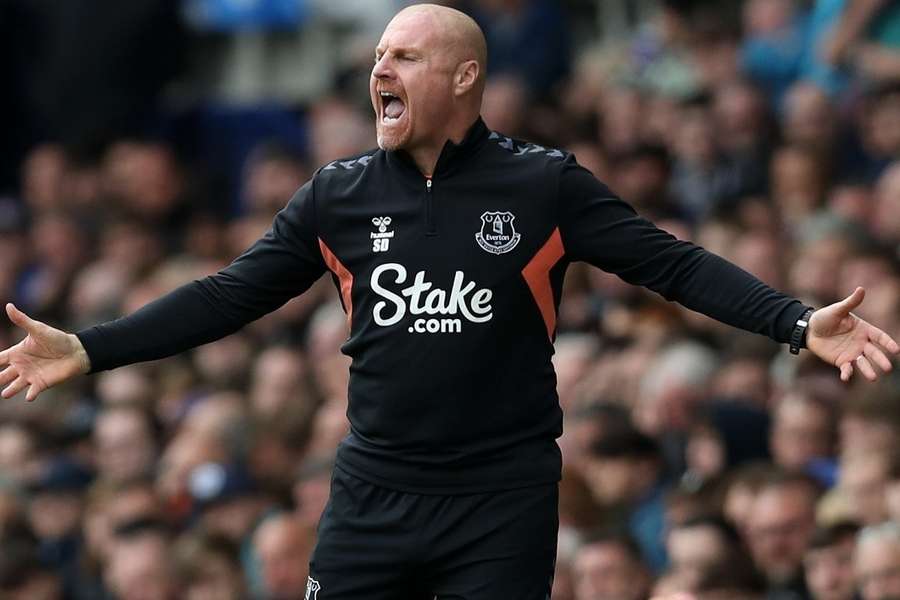
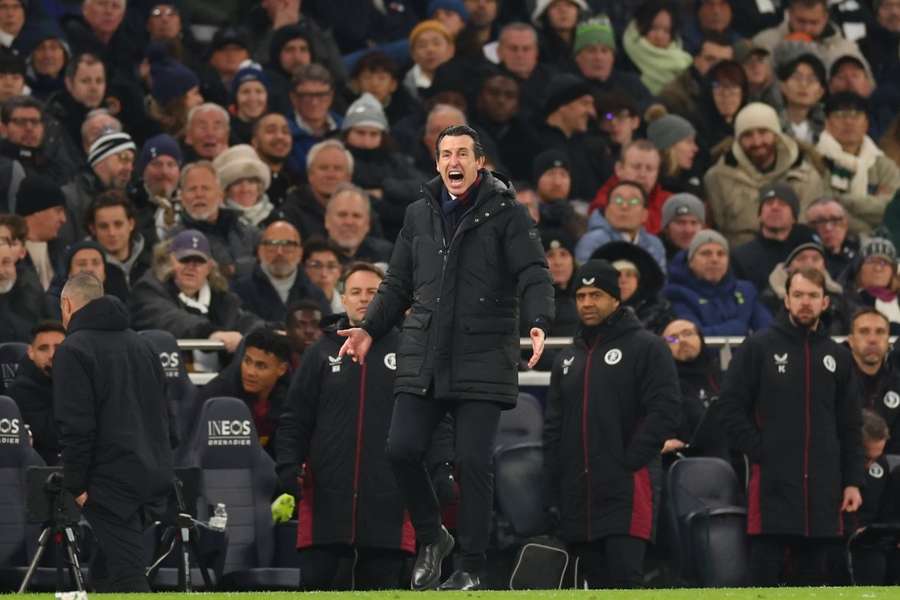
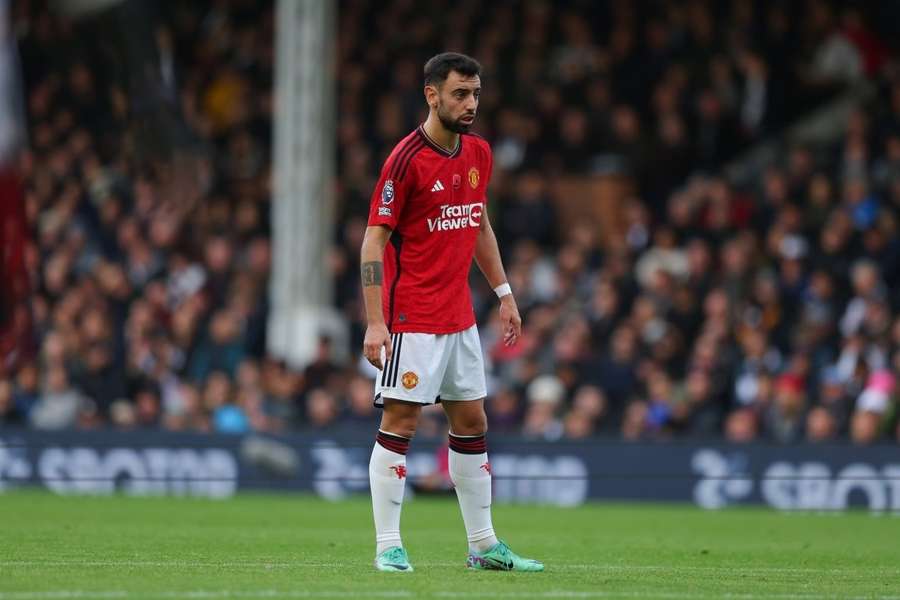
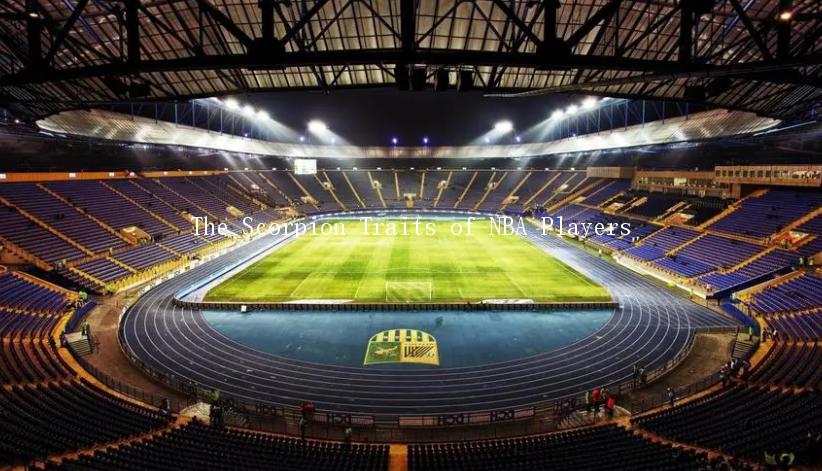
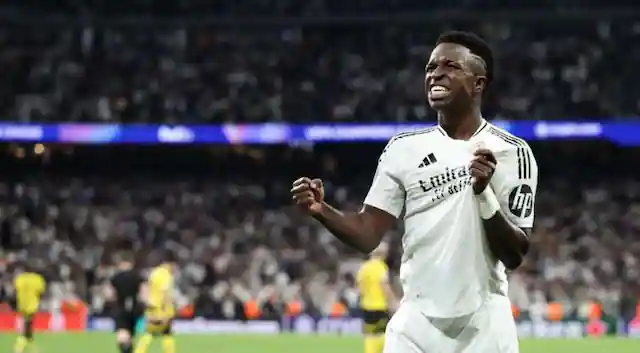
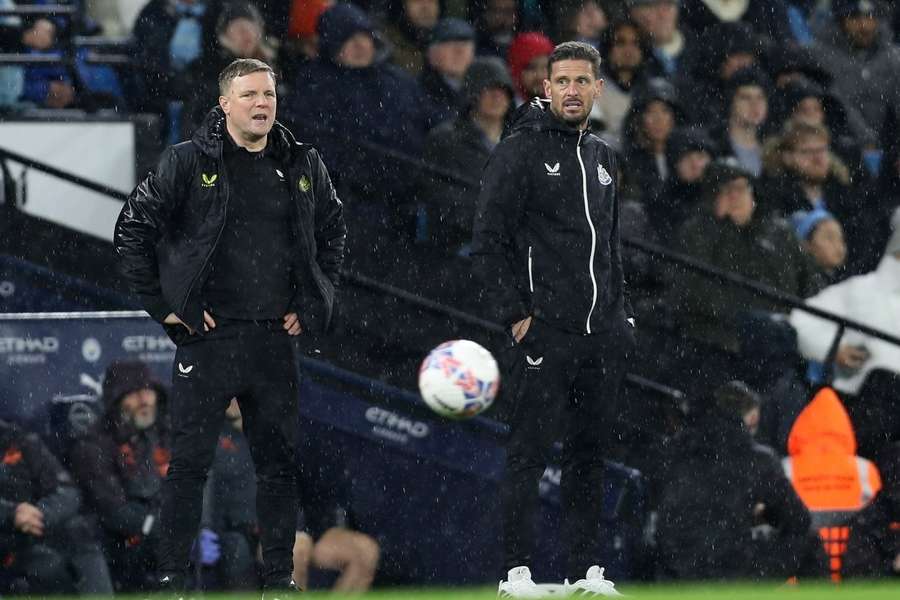
LATEST NEWS

